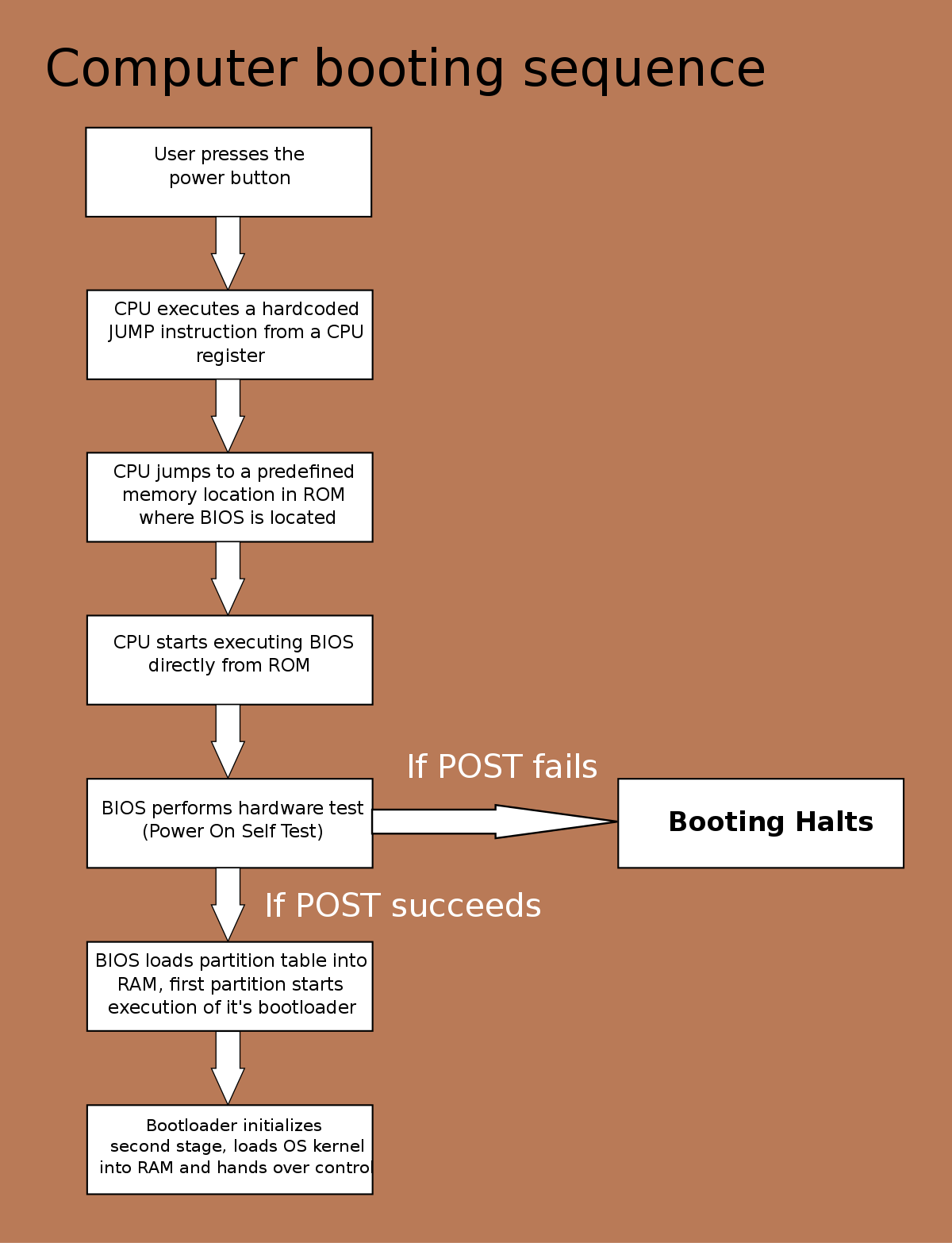In this article, I will provide an overview of the system boot partition.
Boot Partition Basics

The boot partition is an essential component of a computer’s operating system. It contains the necessary files for the system to start up and load the operating system.
The boot partition is typically located on the primary hard drive of the computer, and it is marked as active in the partition table. It is also commonly referred to as the system partition.
To create a boot partition, you can use a disk management tool like Logical Disk Manager or third-party software like EaseUS Partition Master.
When a computer is powered on, the BIOS (Basic Input/Output System) looks for the boot partition and executes the code stored in the boot sector. This code then loads the bootloader, which is responsible for loading the operating system.
It’s important to note that different operating systems have their own boot partitions. For example, in Microsoft Windows, the boot partition is often referred to as the system partition. In Linux, it is known as the EFI system partition.
If you encounter boot issues or need to modify the boot partition, you can access it through the Command-line interface or by using a bootable USB drive with tools like Windows Setup or Ubuntu.
Regular backups of your boot partition are recommended to prevent data loss and ensure system stability. Tools like EaseUS Todo Backup can help you create and restore system images.
Boot vs. System Partition: Understanding the Difference
The boot partition and system partition are two distinct components of a computer’s storage system. The boot partition is responsible for the initial startup process, while the system partition contains the operating system and other essential files.
The boot partition, also known as the BIOS boot partition, is a small section of the hard drive or solid-state drive (SSD) that stores the boot loader. This boot loader is responsible for loading the operating system into memory and starting the boot process. It is typically located at the beginning of the storage device.
The system partition, on the other hand, contains the operating system’s files and directories. It is where the kernel, application software, and system files are stored. The system partition is usually assigned a drive letter, such as C:, and is often labeled as the “System” or “Windows” partition in the file explorer.
Understanding the difference between these two partitions is crucial for troubleshooting and managing your computer’s storage. If there is an issue with the boot partition, such as a corrupted boot sector, you may encounter booting problems or the inability to start your computer. In contrast, issues with the system partition can affect the stability and functionality of your operating system.
To manage these partitions effectively, you can use disk management tools like the Logical Disk Manager in Microsoft Windows. These tools allow you to create, resize, and delete partitions, including the boot and system partitions. It is important to note that modifying these partitions without proper knowledge and precautions can result in data loss or system instability.
Creating a Boot Partition: A Step-by-Step Guide
To create a boot partition, follow these step-by-step instructions:
1. Begin by accessing your computer’s disk management utility. This can usually be done by right-clicking on the Start menu and selecting “Disk Management” from the context menu.
2. Locate the disk or drive where you want to create the boot partition. This could be a hard disk drive (HDD) or solid-state drive (SSD).
3. Right-click on the unallocated space or existing partition where you want to create the boot partition and select “New Simple Volume” from the context menu.
4. Follow the on-screen prompts to specify the size and file system for the new partition. It is recommended to choose a size of at least 100 MB and format it as FAT32 or NTFS.
5. Assign a drive letter to the boot partition. This will allow you to access it easily from the operating system.
6. Once the boot partition is created, you can install an operating system or bootloader onto it. This will enable your computer to boot from the partition.
F.A.Qs
What does boot partition do?
The boot partition contains the boot loader, a software responsible for starting the operating system.
Is it necessary to create boot partition?
It is not necessary to create a boot partition in every case. If we have a single operating system and newer hardware, there is no need for a /boot partition.
Why is my boot drive partition?
Your boot drive is partitioned to store the bootloader and facilitate the booting process of the installed operating system. Partitioning allows for the installation of multiple OS versions on your PC.
What is the BIOS boot partition file system?
The BIOS boot partition file system is a partition on a data storage device that GNU GRUB uses on legacy BIOS-based personal computers to boot an operating system when the boot device has a GUID Partition Table (GPT). This layout is also known as BIOS/GPT boot.

